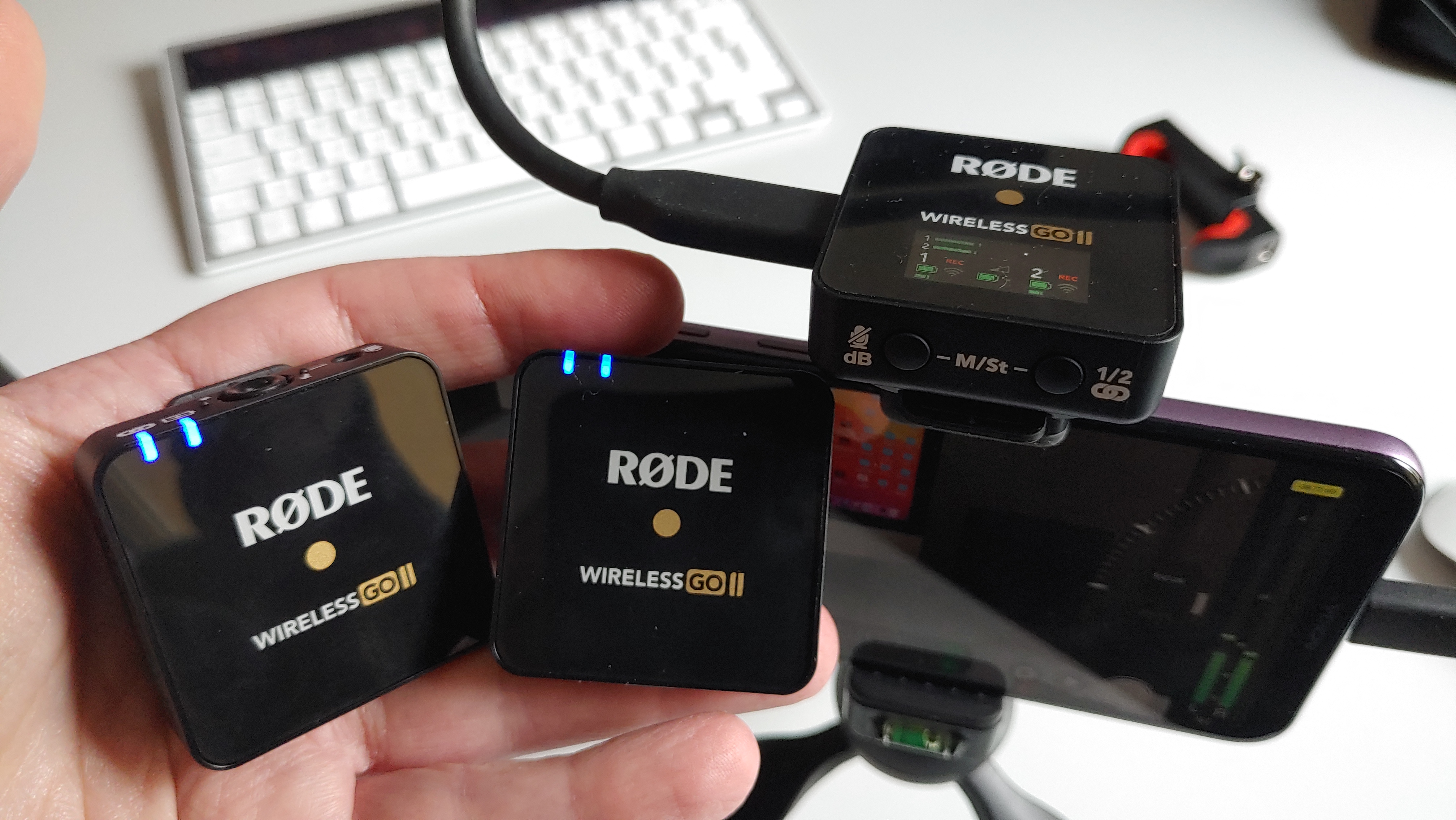
On top of that, you have things like comb-filtering and flutter echoes that affect the mids and highs. We then have the monitors, whose frequency distribution will vary massively based on the design and size, and can even vary in speakers of the same model as they wear over time, giving a slightly different sound in the left and right sides. In the grand scheme of things, the differences here will be minimal, although better interfaces with better converters will give a more open sound. So what are the main issues we face? Well, if you think about your entire system, it starts with your audio interface and cables. Ultimately, it’s much easier to achieve a good mix, to analyse reference material, and to trust your ears when you’re not battling against acoustic imperfections. When I checked the frequency balance of my room several months later, I could see that there was a big bump around that region, which in turn had lead me to dial down those particular frequencies to compensate. Thankfully it sounded (mostly) good through the big speakers, but it was apparent that the booming kick drum was lacking in punch around the 100-200Hz region. As a case in point, I was working on a house track a couple of years ago, and was lucky enough to test out the mix on the Fabric sound system during a packed club night. Specific problems in the studio can manifest themselves in very real ways in your mixes.
#Rode fuzzmeasure review mac
RØDETest’s FuzzMeasure 4.0 is Mac only… for the moment! It’s a rite of passage that all producers must face, when they excitedly take their new track (on CD or USB or Soundcloud etc) to listen in a car or on a friend’s stereo, only to realise the mix sounds like a drunken drum machine wading through a swamp! But maybe it’s not totally your fault. However, the reality for most of us when attempting to mix on lesser systems in untuned rooms, is an experience of frustration as we struggle to make our mixes translate. We’ve all felt slightly sickened by stories of producer “X” who made hit song “Y” on computer speakers in their bedroom. Technically, we can do this with any situation, including our studios, and, in theory, as long as you learn your system well by listening to lots of references, you can create decent mixes. What at first sounded a little quiet and muffled, is eventually flattened out by the mind as it recalibrates to the new norm. Have you ever been at a really loud gig and put in your earplugs, and thought, “Argh, I’m losing a bunch of high frequencies here and I’ll struggle to enjoy this.” Then, lo and behold, 10 minutes later you’re toe-tapping away and have nearly forgotten they’re not there? The brain is pretty spectacular at controlling our perception of sound volume and frequency distribution. Then we’ll look at how we can use affordable solutions to improve the situation and fine-tune your studio space to achieve sonic perfection. In this feature, we’re going to take a look at the various monitoring issues often faced by producers and engineers that cause them to pull their hair out. Over the last 15 to 20 years, this type of room calibration has started to creep into more and more studios, as computers have become powerful enough to run our audio through high-grade correctional filters that help flatten out any audio issues caused by our speakers, room or headphones.
#Rode fuzzmeasure review software
By measuring the unwanted peaks and troughs in a system, clever software can create an inverse EQ curve to compensate. It’s no surprise then, that we’ve turned to technology to give a helping hand. Likewise, if we were to take the room out of the equation and just listen through high-quality headphones, there’s still a massive variation from manufacturer to manufacturer, and headset to headset. Sound is such a delicate, complicated beast, that even in the best-treated rooms, the frequency response is never truly flat.

#Rode fuzzmeasure review trial
All that money you spent on fancy monitors, synths and software might mean the equipment sounds great itself, but there’s no getting around the fact that trying to EQ a bassline in an unbalanced room is a frustrating experience often based on guesswork, referencing and trial and error.

When you hit play on your system, this merry dance is happening thousands of times a second. It then bounces back and hits other sound waves coming the other way, either cancelling or boosting certain frequencies. It leaves the speaker at different speeds across the spectrum, then bounces off every surface in sight, losing varying amounts of energy depending on the materials it hits.


 0 kommentar(er)
0 kommentar(er)
